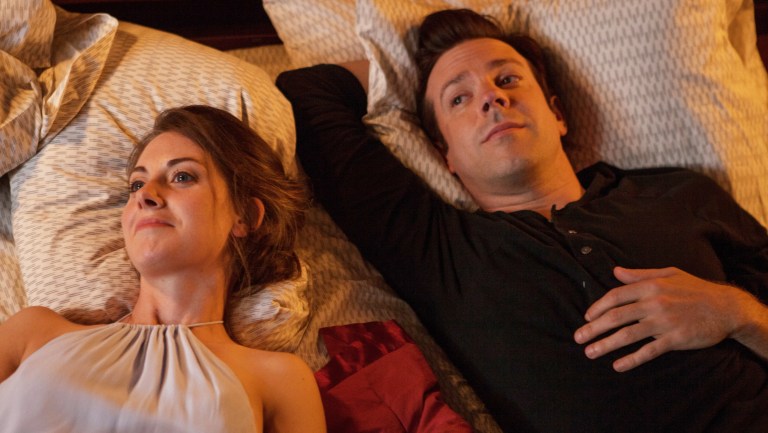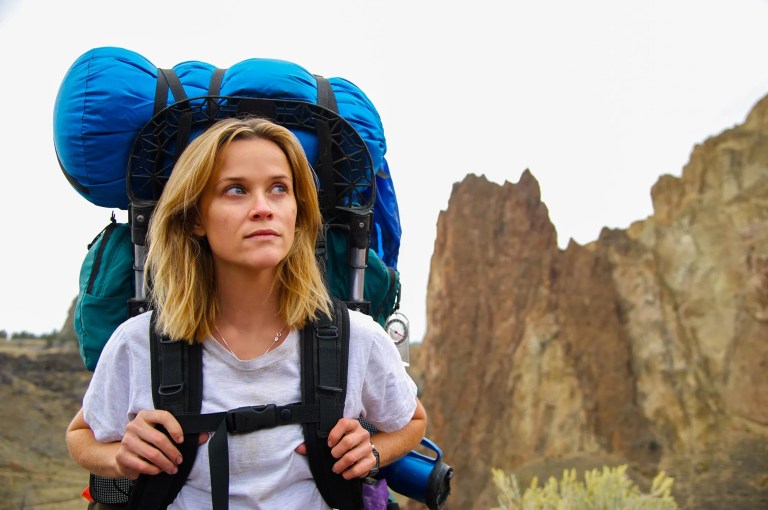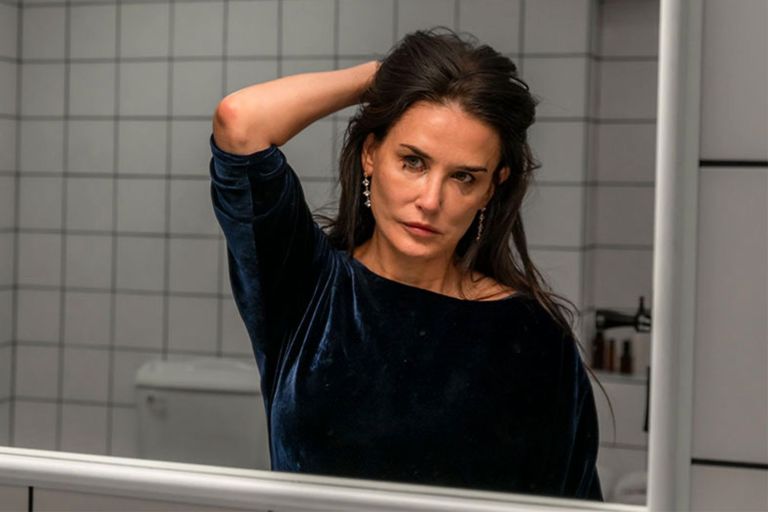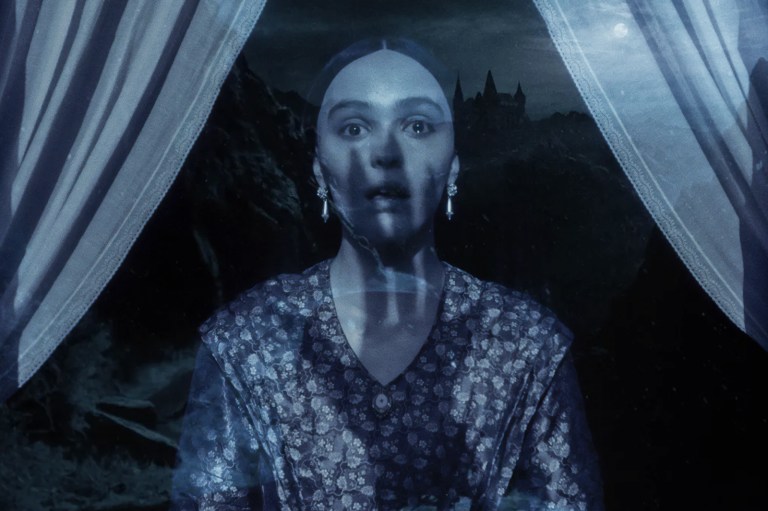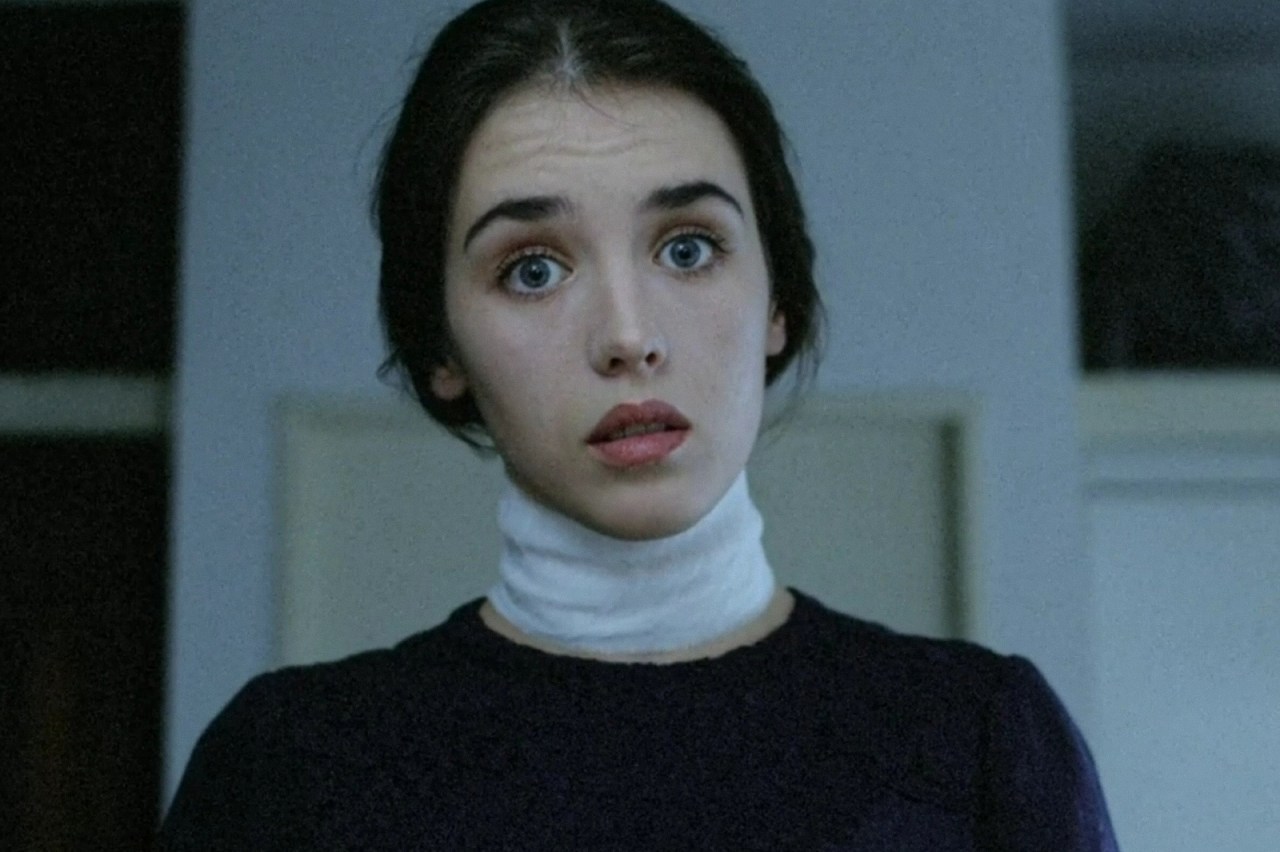
6+ Movies To Watch If You Love ‘Nosferatu’
By ![]() Chris Catt
Chris Catt
Robert Eggers drew inspiration from a wide array of movies while making Nosferatu. Here are a few he’s mentioned in interviews.
Remakes rarely get any better than Nosferatu (2024). Based on the 1922 film Nosferatu: A Symphony of Horror from influential German director F.W. Murnau, Robert Eggers’ Nosferatu is a gorgeously dark tale of obsession, madness, and death. The film’s rich Gothic aesthetic makes it feel like an instant classic for the genre, so it should come as no surprise that its creation is steeped in film history.
In various interviews, Robert Eggers—the writer, director, and producer of Nosferatu—talks about the various movies that inspired him while creating his latest masterpiece. Listed below is a selection of the movies he’s spoken about (and where you can watch them) so you can marathon a few of the films that helped shape this new incarnation of Nosferatu.
Of course, if you just want to see more Nosferatu, check out these movies:
- Nosferatu: A Symphony of Horror (1922) – The original, which is an unauthorized adaptation of Bram Stoker’s Dracula novel.
- Nosferatu the Vampyre (1979) – A remake written and directed by Werner Herzog.
- Shadow of the Vampire (2000) – A fictional story about the making of the 1922 Nosferatu, starring Willem Dafoe as Max Schreck, the actor who played the original Count Orlok.
But — you might also want to just watch some of these movies that inspired Nosferatu, which are all streaming online on various subscription services.
Possession (1981)

If you’ve seen Lily-Rose Depp’s captivating portrayal of a woman possessed in Nosferatu, and if you’ve also seen Isabelle Adjani’s mesmerizing performance in Possession, then you’re sure to notice the similarities. In an article posted by Mia Lee Vicino on Letterboxd, Robert Eggers is quoted as saying that he knew Lily-Rose was right for the role of Ellen Hutter when she “immediately brought up Possession.” As for the comparisons between herself and Adjani, Depp says it is “high praise” to be compared to such an incredible actress.
Svengali (1931)

Svengali and Nosferatu are similar in that they both feature an imposing male figure who is attempting to supernaturally coerce a woman to bend to his will. In Svengali, the means of coercion is hypnotism. There is a specific scene about 35 minutes into the movie in which Svengali (John Barrymore) uses his mind to call to his target, the beautiful Trilby O’Farrell (Marian Marsh), from far away. His power travels across the city and rouses Trilby from her bed. Robert Eggers mentions this sequence as a tonal influence on a similar scene in Nosferatu when Count Orlok casts his shadow across Wisborg, Germany.
Faust (1926)

Given its roots in the German Expressionism of F.W. Murnau’s 1922 Nosferatu, its no surprise that Robert Eggers was also inspired by another of Murnau’s films. While speaking to DC Film Girl during an interview, Eggers mentions Faust (1926) when discussing some of his film’s imagery. In Faust, Mephisto spreads his wings over a village to signify the plague he has unleashed on its population. This striking image was an inspiration for Eggers when he depicted the plague Orlok brings with him as a shadow spreading throughout the town.
The Innocents (1961)
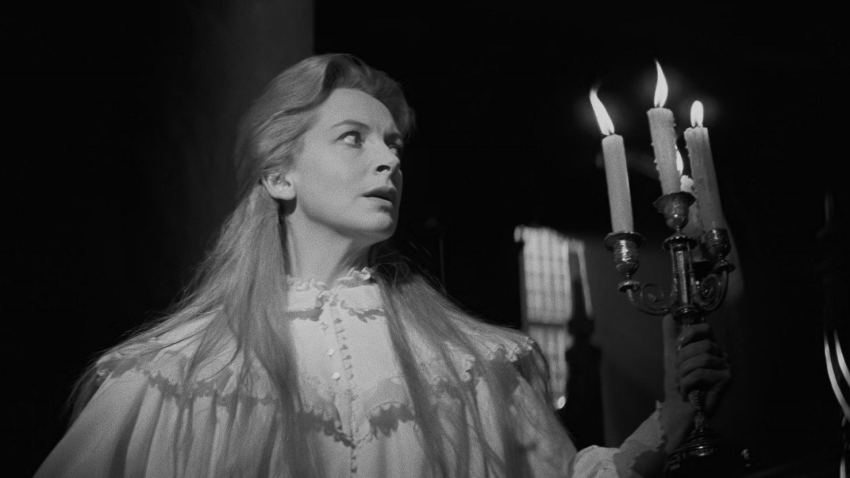
Robert Eggers spoke to Alamo Drafthouse for their “Guest Selects” series, and he gave them a list of a few other films that inspired Nosferatu. First on his list is The Innocents (1961). Directed by Jack Clayton and filmed by Freddie Francis, The Innocents is one of the most haunting Gothic ghost stories ever put on film. Robert Eggers agrees with that assessment, and he says he watches the movie often for inspiration. For Nosferatu specifically, he told Alamo Drafthouse that what Freddie Francis “does with the camera was very inspiring for what my cinematographer and I were up to in Nosferatu.”
Cries and Whispers (1972)
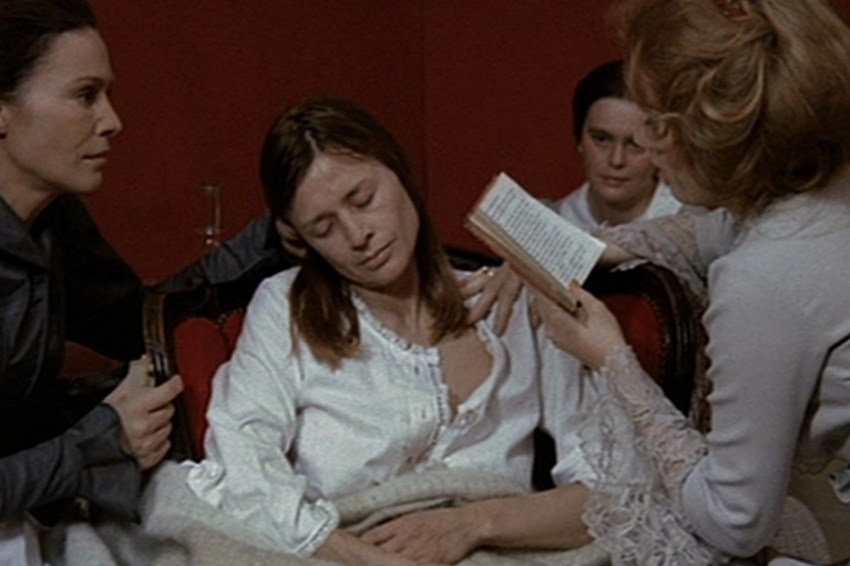
The atmosphere and performances in Cries and Whispers are the biggest influences on Nosferatu. The film, written and directed by Ingmar Bergman, is about a woman with terminal cancer who is visited in her final days by her two sisters. It is a moving drama that Robert Eggers describes to Alamo Drafthouse as “one of the best horror films ever made, even though it certainly doesn’t try to be one and wouldn’t be classified as one.” He says that when he directed his actors in Nosferatu, he often thought about the performances in Cries and Whispers.
The Queen of Spades (1949)
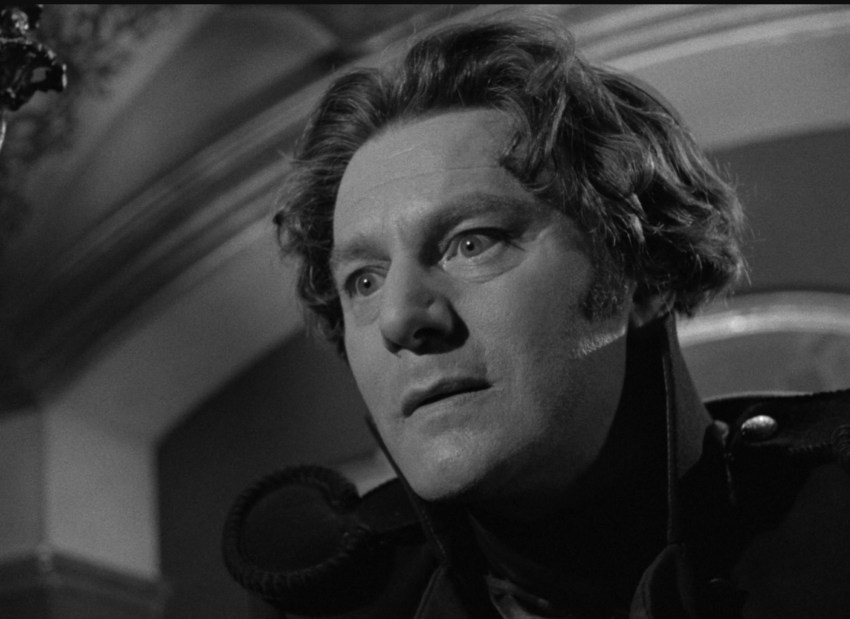
When crafting the atmosphere of Nosferatu, particularly towards the end of the movie, Robert Eggers says he drew inspiration from The Queen of Spades. The film is about a man who becomes obsessed with learning the secrets of a woman who is believed to have sold her soul in order to amass a fortune playing cards. Robert Eggers admires the camerawork and the composition of the shots in The Queen of Spades, and he attempted to emulate that same feeling in Nosferatu.

